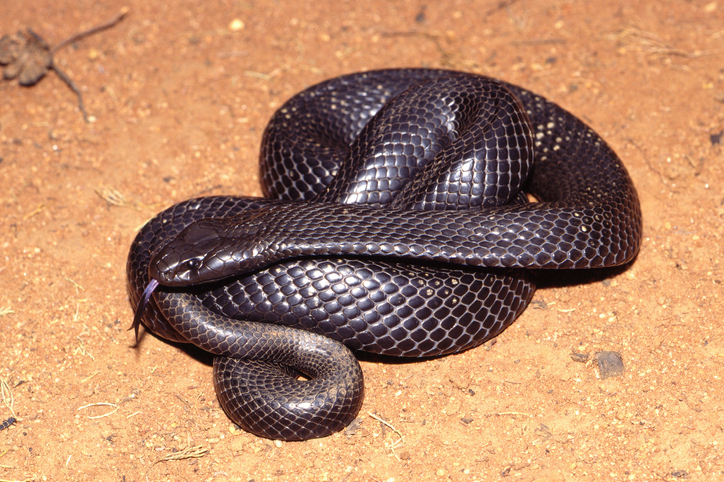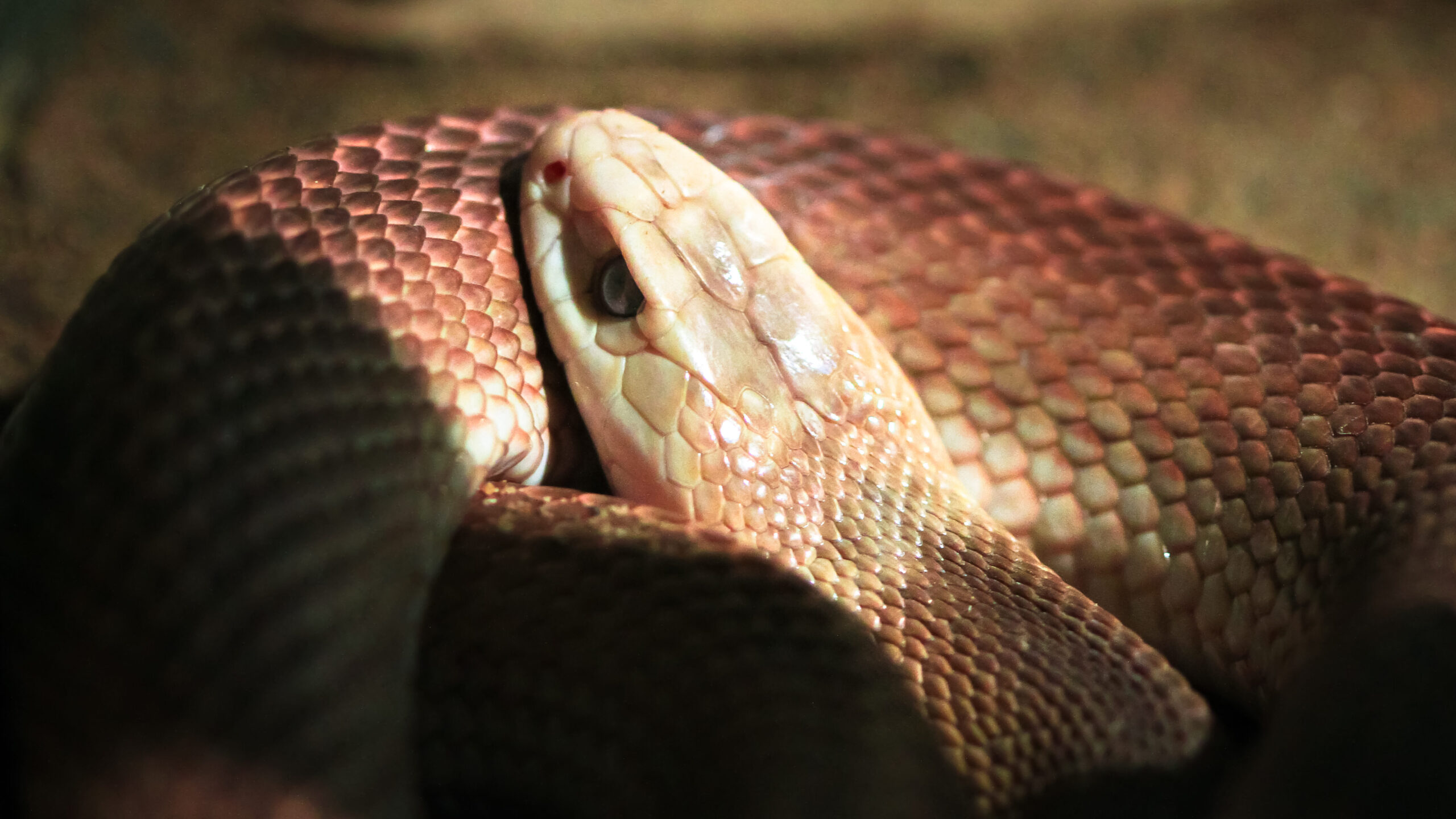Introduction
Tiger snakes are among the most well-known and been afraid reptiles in Australia, widely acknowledged for their striking look and powerful venom. This write-up intends to delve into the complexities of the tiger snake's habitat, circulation, habits, and what one can anticipate when coming across these fascinating animals. By comprehending where to locate them and exactly how to browse prospective threats, you can appreciate their function in the ecological community while guaranteeing your security.
Tiger Snake Environment: Where to Locate Them and What to Expect
Tiger snakes are primarily found in southeastern Australia, including Tasmania, where they prosper in a range of settings. Their adaptability enables them to inhabit diverse surfaces such as coastal regions, marshes, grasslands, and even metropolitan locations.
Geographical Distribution of Tiger Snakes
The geographical reach of tiger serpents expands throughout numerous Australian states. They are especially typical in:
- Tasmania: The Tasmanian tiger serpent is one of the most recognized subspecies. Victoria: Found near water bodies like rivers and lakes. New South Wales: Choosing bushland areas close to water sources. Western Australia: Even more generally seen around swamps and estuaries.
Understanding the geographical distribution is crucial for both conservation initiatives and public understanding concerning experiences with these snakes.
Preferred Environments of Tiger Snakes
Tiger serpents thrive in various habitats. Below are some common environments where they might be discovered:
Wetlands: They prefer marshy or boggy areas where they can access prey easily. Coastal Regions: Near beaches or rough shorelines supply plentiful food sources like fish and amphibians. golden crown snake Forested Areas: Dense boscage provides shelter from predators while supplying hunting grounds.Behavioral Patterns Related to Habitat
Understanding tiger serpent behavior within their habitats is necessary for communication management:
- Nocturnal Activity: Tiger snakes have a tendency to be more energetic throughout golden hours (sunset and dawn), making them more difficult to detect during daytime. Territorial Nature: They show territorial habits; therefore, it's paramount to value their room if encountered.
This understanding can help alleviate undesirable communications between human beings and tiger snakes.
Are Tiger Snakes Venomous?
Yes, tiger snakes are undoubtedly venomous. Their venom has neurotoxins that can cause paralysis or perhaps fatality if untreated.
What Makes Their Venom Dangerous?
The strength of a tiger serpent's venom varies relying on numerous aspects:

- Geographic location Individual health Quantity injected during a bite
Symptoms of a Tiger Snake Bite
Recognizing signs and symptoms early is critical:
- Pain at the bite site Swelling Difficulty breathing
Immediate clinical attention is essential if bitten.
First Aid for Snake Bites
Knowing first aid Yellow faced whip snake bite treatment procedures can be lifesaving in case of a serpent bite.
First Aid Steps for Serpent Bites
Stay tranquility; keep the afflicted area still. Call emergency solutions immediately. Apply a stress plaster above the bite site. Keep the individual resting till assistance arrives.Following these steps can dramatically improve results adhering to a serpent encounter.
Where Else Can You Encounter Tiger Snakes?
While they're usually located in their natural habitats, urbanization has brought about increased encounters with humans.
Urban Encounters
Tiger serpents may venture right into yards or parks looking for food or water sources.
Precautions When Hiking or Exploring
When checking out locations understood for tiger serpent environments:
- Wear thick boots Stay on paths Be vigilant
Taking these preventative measures will certainly assist lessen risks while you appreciate nature.

Baby Tiger Snakes: An One-of-a-kind Viewpoint on Growth
Just like adults, infant tiger serpents are born poisonous but smaller in dimension.

Characteristics of Infant Tiger Snakes
- Size: Generally around 20-- 30 cm when born. Appearance: Sport similar pigmentation as adults yet may have lighter bands initially.
Understanding their advancement assists in appreciating their ecological duty from infancy onward.
FAQs about Tiger Snakes
1. Are all tiger snakes venomous?
Yes, all species of tiger snakes have poison capable of creating serious harm.
2. How can I identify a tiger snake?
Look for distinctive banding patterns ranging from yellowish-brown to blackish shades along their bodies; grownups normally expand between 1-- 2 meters long.
3. What must I do if bitten by a tiger snake?
Seek instant clinical attention; use first aid measures as discussed earlier while maintaining calm.
4. Do infant tiger serpents pose any danger?
Absolutely! Regardless of their little dimension, child tiger serpents are still venomous and can provide attacks that require severe clinical attention.
5. Are there any particular habitats I ought to avoid?
Avoid walking through thick underbrush or near stagnant water where problems prefer snake presence throughout warmer months.
6. Just how do preservation efforts affect tiger snake populations?
Conservation initiatives concentrate on environment conservation which directly influences tasmanian tiger snake populace security by ensuring adequate food sources and risk-free reproduction locations.
Conclusion
In recap, understanding "Tiger Snake Environment: Where to Discover Them and What to Anticipate" not only enhances our understanding regarding these remarkable reptiles but additionally enhances our ability to coexist safely with them in shared atmospheres. From recognizing their liked environments to recognizing how to respond successfully if bitten, thorough understanding encourages all of us-- whether we're wild animals fanatics or casual hikers-- to value this interesting element of Australia's natural heritage while prioritizing our safety.
This write-up works as a comprehensive guide on whatever related to tiger serpent environments! Whether you're a devoted traveler or someone looking simply for details about these animals, understanding exactly how they interact within their ecological communities-- and how we match that image-- is crucial!